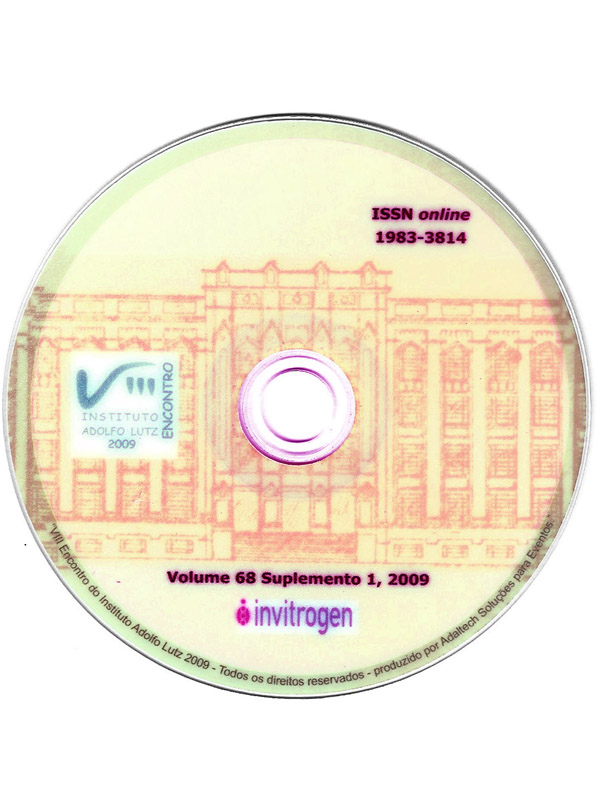Abstract
Rubella virus (RV) is usually a mild febrile rash illness in children and adults but can produce devastating consequences when women become infected in early pregnancy. Occurrence of rubella infection and congenital rubella syndrome has been dramatically reduced in countries that have implemented vaccination programs. From November 2001 to February 2002, 4,408,844 women, corresponding to 91.6% of the target population between 15 and 29 years old, were vaccinated at 3,500 vaccination posts throughout the state during the national rubella campaign. Vaccine viruses cause viremia and may cross the placenta in pregnant women and infect the fetus. Children born of the inadvertently pregnant women were analyzed for evidence of infection by rubella virus. For virus isolation, peripheral blood mononuclear cells, separated from whole blood by using ficoll-hypaque density gradient centrifugation, and urine were utilized. Ten samples were inoculated into SIRC and Vero cell line maintained with Dulbecco´s Modified Eagle’s Minimum Essential Medium, and after 7 days cells were harvested and RNA was extracted from the cell pellet by the guanidinium acid-phenol technique. The RNA was reverse transcribed to complementary DNA and was then amplified by polymerase chain reaction by using primers that anneal to E1 gene region. Six samples were positive by isolation and PCR. RV was phylogenetically aligned with RA27/3 vaccine and not wildtype virus. Our results confirmed an infection by vaccine strain. At birth, the newborn infant exhibited none of the symptoms compatible with the congenital rubella syndrome and signs indicative for development of late onset disease are not apparent.

This work is licensed under a Creative Commons Attribution 4.0 International License.
Copyright (c) 2009 Instituto Adolfo Lutz Journal
